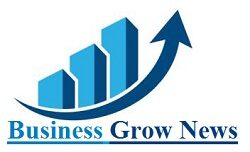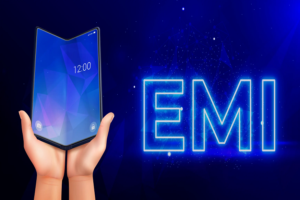Understanding Misconceptions On Workplace Productivity

Call center female operators working on laptop in bright office
Myths regarding workplace productivity still persist. Although control of productivity is greatly valued in today’s world, no organization is free from basic, groundless assumptions. This misconception can damage efficiency, morale, and growth in productivity. By leveraging tools like the employee monitoring tools provided by Controlio, organizations can address these myths effectively. Three inefficient productivity assumptions will be addressed in this post.
Assumption 1: Juggling Various Tasks Leads To Increased Productivity
Almost everyone balances multiple responsibilities at work, assuming it will save them time. In fact, many employees consider multitasking a productive superpower. This is why checking emails during meetings or answering emails while working on other projects is always happening. Contrary to this belief, studies show that “task switching costs” can reduce productivity by 40%.
Frequent changes in focus lead to errors, delays, and loss of productivity. For example, an employee working on a proposal will most likely publish a subpar piece if they are receiving messages or constantly being distracted during the writing.
Working on single tasks is the best option. To help managers control their employees’ working habits, the Controlio app has developed features that analyze multitasking tendencies among managers. Other options, such as Trello and Focus@Will, also aid enhanced work concentration. Supporting employees in multitasking helps lower stress significantly.
Assumption 2: More Hours Result in More Productivity
A common misunderstanding is that productivity increases as work hours are added. This particular myth causes overwork and burnout and is inefficient. According to the Pareto Principle (or the 80/20 rule), 80% of results are produced from 20% of the work done. Focused and high-impact work can outperform long periods of work that lack focus. For instance, a designer who focuses deeply for three hours strategically will outshine another designer who completes ten hours of work with minimal strategic thinking.
Companies, therefore, need to refocus their efforts to concentrate on outcomes rather than time spent. The Controlio app gives managers the insights they need to help employees without micromanaging. Complementary tools (such as Asana, a task management application, and RescueTime, a time-tracking application) allow workers to take back control and better organize how they spend their time. Valuing results enables organizations to boost engagement and productivity.
Assumption 3: Always-On Connectivity Boosts Performance
The digital world we live in allows for round-the-clock access to emails, chats, and notifications. With such constant access to communication, optimal productivity should escalate. This “always-on” culture makes workers feel overwhelmed. Studies show that around 23 minutes is needed to refocus after an interruption. Employees can become trapped in a cycle where they are bombarded with so many notifications that all they can do is respond to what is in front of them.
To solve these issues, organizations can implement “no-email” hours and specify response time deadlines, creating communication boundaries. There are also tools such as collaboration platforms like Slack and distraction-blocking apps like Freedom that help employees stay focused. Monitoring solutions, including workflow management tools like Monday.com, can also analyze communication balance. Businesses enable deeper work by promoting intentional connectivity.
Guidelines for Enhancing Productivity at the Workplace
To challenge productivity myths, a shift in the cultural mindset and tools used is needed. Below are changes that can help build a productivity-centered environment:
- Encourage Deep Work: Train employees on single-tasking and equip them to prioritize clear task ordering. Distractions can also be minimized.
- Focus on Impact: Set measurable goals and reward quality over hours spent. Employees’ boundaries should be respected, and progress tracked using software.
- Balance Connectivity: Policies restricting after-hours communication for non-emergency topics should be implemented. By respecting time away from work, burnout can be minimized.
- Strategic Use of Tools: Structure and oversight are provided by tools like the Controlio app, Asana, and Slack. However, the use of these tools requires human judgment to create effective changes.
Technology’s Role in Productivity
When used wisely, technology can help improve efficiency and eliminate productivity myths. From the Controlio app’s visibility into work patterns to task organizer apps like Todoist and collaborative workspaces like Notion, teams can be more easily supported by their leaders. That said, technology needs to operate within a culture of trust to be effective. Tools without human insight can lead to negative outcomes and imbalance.
Conclusion
Perception gaps around multitasking, long hours, and being perpetually online stem from their intuitive nature but are counterproductive. Businesses can foster focus and well-being during working hours by adopting evidence-based practices. The Controlio app and Trello enable flow, while Freedom provides structure. Misinformed approaches can be debunked for sustainable productivity in the long run.






